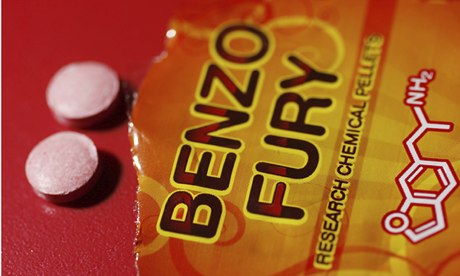The term “fire in the belly” is an old term for someone who has a huge amount of drive and ambition. In general, people think of “fire in the belly” as meaning a kind of inner force, a kind of internal combustion engine that drives them onward. A sense of confidence and purpose.
And yet the origins of the term may not be what people generally think it is. It may not be all positive.
Think about it. If you heard the phrase “fire in the belly” for the first time, it would probably not sound all that good. It would probably sound like an upset stomach. A burning, ulcerous pain or sickness. And that feeling may be closer to one of the original meanings of the term. Because people who are ambitious often do have great inner drive, but it is also common for people who are pushing the envelope and pushing themselves beyond what may be possible to feel anxious—even sick to their stomach.
Many great performers and athletes regularly vomit before performances. Lady Gaga, Rhiannna, and other entertainers report that they commonly throw up. The great Boston Celtic Bill Russell reports throwing up before almost every game. The singer Adele told Vogue, “I puke quite a lot before going onstage. I shit myself before everything.” But, she also added, “The bigger the freakout, the more I enjoy the show.”
What Adele observed about herself is common. Researchers have shown that high-level athletes not only deal with anxiety better, they also are more likely to see anxiety as a positive emotion, a positive part of the process, rather than a weakening influence or a sign that they just can’t handle the pressure.
Anxiety and that sick-to-the-stomach feeling can be seen as signs that your body is preparing to meet a huge test. It is a biological and psychological reaction that is making you more likely to succeed. Adrenaline is pumping through your veins. The brain is whirring with thoughts of what to do, what not to do, and what might happen in the moments to come. These are good things. It is much better to be in that state before a great struggle than to be sleepy and complacent.
That is not to say that anxiety and throwing up are all positive. Before an athletic competition, throwing up can waste precious fluids, electrolytes and sometimes calories that the body needs. With practice, competitors and performers will be better off if they can achieve the calmness, energy and focus that make up the ideal performance state. But the point is that anxiety doesn’t have to be seen as a negative. It can be viewed as a positive sign. It definitely shouldn’t be a reason not to perform. Many of the worlds greatest performers know that anxiety is something to be accepted and overcome. They know that even though they feel awful and anxious, they can go out there and do it anyway.

